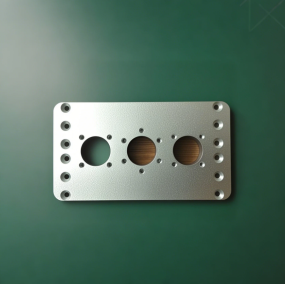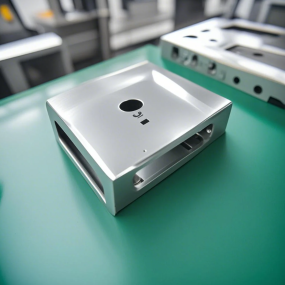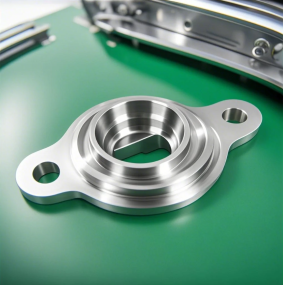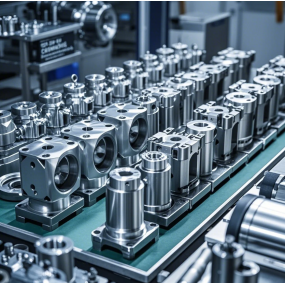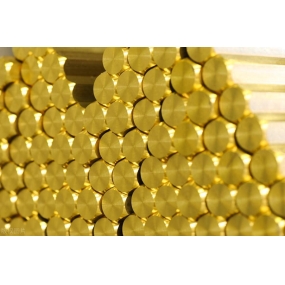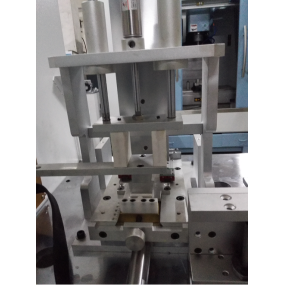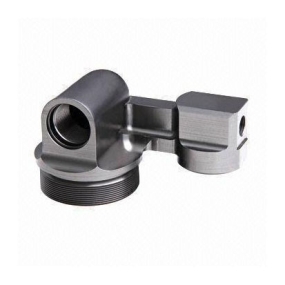In order to avoid rust when non-standard steel parts are stored, measures can be taken from the aspects of controlling the storage environment, carrying out protective treatment, and strengthening management. The details are as follows: Control the storage environment and choose a suitable storage place: Non-standard steel parts should be stored in a dry and well-ventilated warehouse to avoid open-air storage. Warehouses should be kept away from water sources, chemical pollution sources and humid areas, such as rivers, chemical workshops, etc., to prevent steel from rusting due to moisture and corrosive substances in the environment. The indoor relative humidity is preferably controlled below 60%. The humidity can be adjusted by installing dehumidification equipment or placing a desiccant.
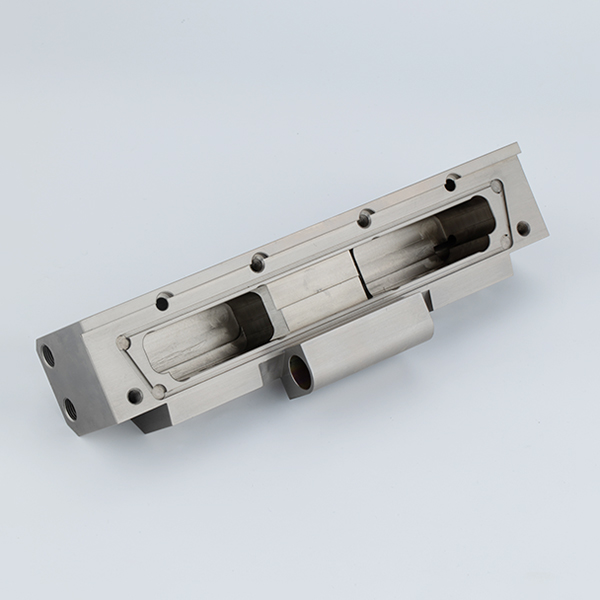
Keep it clean: Clean the warehouse regularly to remove dust, sundries and metal debris, etc. These substances may absorb moisture or contain corrosive components, and accelerate the rust of steel parts. At the same time, avoid operations that will generate a lot of dust or corrosive gases in the warehouse. Reasonable stacking: Non-standard steel parts should be classified and stacked in sections to avoid contact between parts of different materials and different surface treatments to prevent electrochemical reactions from causing rust. At the same time, parts cannot be stacked directly on the ground, but should be placed on shelves or backing plates to maintain a distance of at least 15 cm from the ground to facilitate air circulation and reduce the impact of ground moisture on parts. Protective treatment Coating anti-rust agent: Coating the surface of non-standard steel parts with appropriate anti-rust agent is an effective way to prevent rust. According to the use environment and requirements of the parts, choose oily anti-rust agent, water-based anti-rust agent or vapor phase anti-rust agent, etc. When coating, make sure that the anti-rust agent covers the surface of the parts evenly without omission and accumulation. Use passivation treatment: For some non-standard steel parts with high requirements for anti-rust, passivation treatment can be carried out. By using passivation agent, a dense passivation film is formed on the surface of the steel to improve the corrosion resistance of the steel. After passivation, the parts should be thoroughly cleaned to remove residual passivation agent and impurities, and dried. Surface plating: Plating metal or alloy is an effective anti-rust method, such as galvanizing, nickel plating, chrome plating, etc. These metal coatings can form a protective film on the surface of the steel, isolate air and moisture, and prevent the steel from rusting. The plating process should be carried out in strict accordance with the operating procedures to ensure that the coating is uniform, firm and void-free. Strengthen inventory management Regular inspection: Establish a regular inspection system to conduct regular inspections of non-standard steel parts stored in time to find signs of rust and other problems. The inspection content includes the rust on the surface of the parts, the failure of the anti-rust agent, the integrity of the packaging, etc. For the slightly rusted parts found, rust removal and anti-rust treatment should be carried out in time; for the parts with serious rust, the cause should be analyzed and corresponding measures should be taken. First-in, first-out: Follow the principle of first-in, first-out to ensure that the non-standard steel parts in stock can be turned around in time to reduce the risk of rust caused by long-term storage. At the same time, when issuing parts, check the anti-rust status of the parts, and if necessary, re-carry out anti-rust treatment Records and traceability: Keep inventory records, including the warehousing time, storage location, anti-rust treatment, inspection and other information of the parts, so as to trace and manage the entire storage process of the parts. When there is a rust problem, you can quickly find the cause and take targeted measures.


 Spanish
Spanish Arabic
Arabic French
French Portuguese
Portuguese Belarusian
Belarusian Japanese
Japanese Russian
Russian Malay
Malay Icelandic
Icelandic Bulgarian
Bulgarian Azerbaijani
Azerbaijani Estonian
Estonian Irish
Irish Polish
Polish Persian
Persian Boolean
Boolean Danish
Danish German
German Filipino
Filipino Finnish
Finnish Korean
Korean Dutch
Dutch Galician
Galician Catalan
Catalan Czech
Czech Croatian
Croatian Latin
Latin Latvian
Latvian Romanian
Romanian Maltese
Maltese Macedonian
Macedonian Norwegian
Norwegian Swedish
Swedish Serbian
Serbian Slovak
Slovak Slovenian
Slovenian Swahili
Swahili Thai
Thai Turkish
Turkish Welsh
Welsh Urdu
Urdu Ukrainian
Ukrainian Greek
Greek Hungarian
Hungarian Italian
Italian Yiddish
Yiddish Indonesian
Indonesian Vietnamese
Vietnamese Haitian Creole
Haitian Creole Spanish Basque
Spanish Basque

